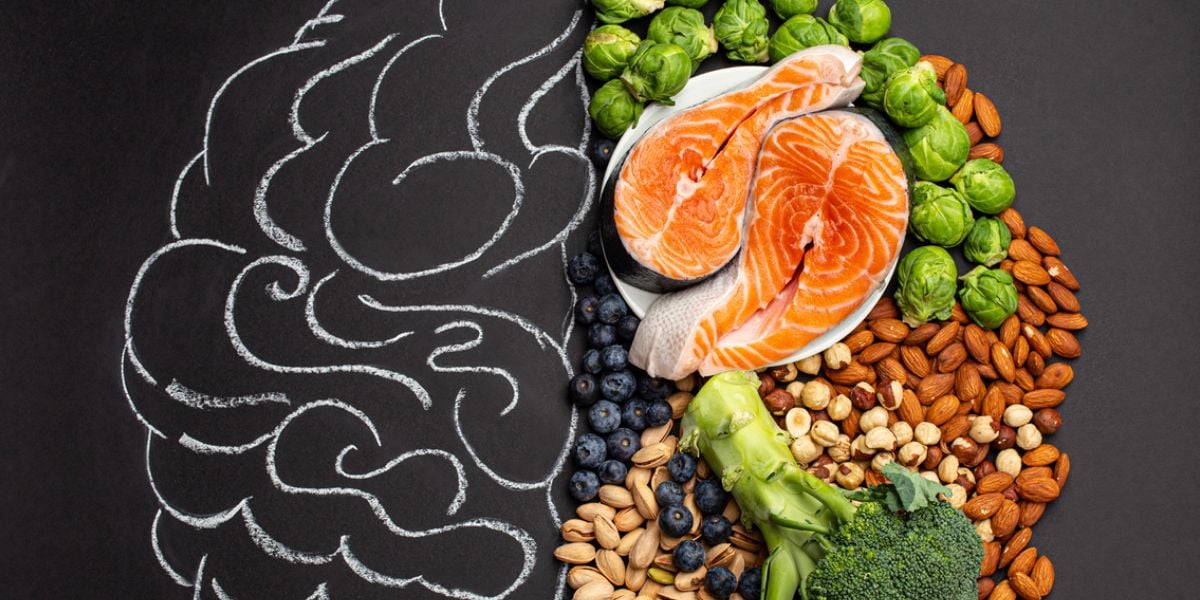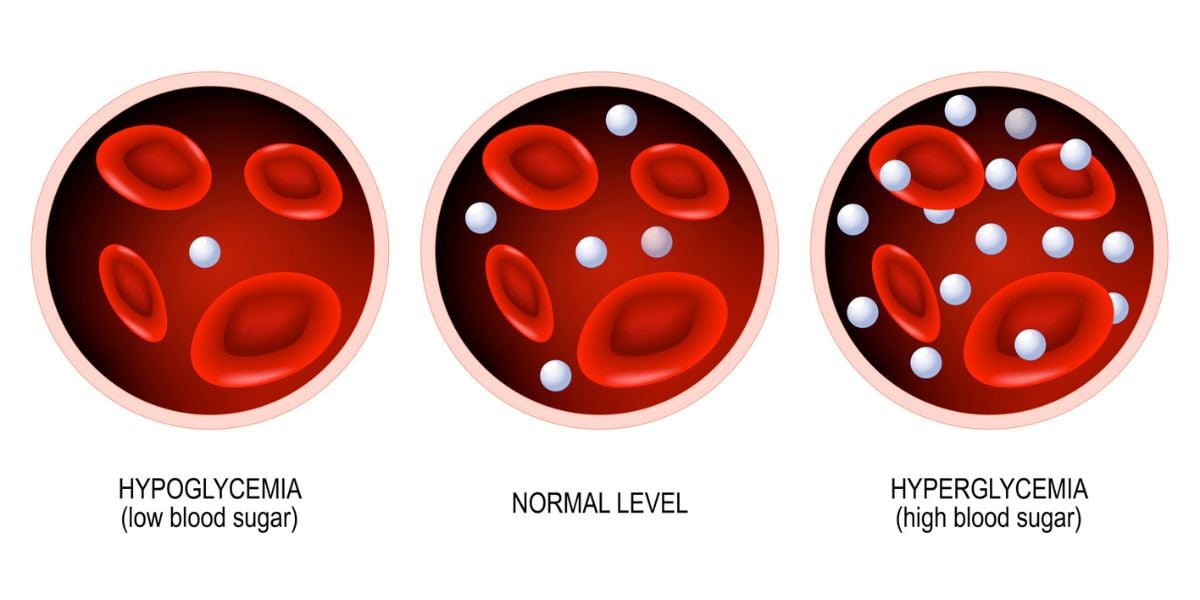Portion control can be useful for people with different types of diabetes to help regulate body weight as well as to help manage blood glucose levels
We look at why portion control is useful and the techniques you can use as well as the to manage the size of portions at meal times.
Benefits of exercising portion control
Exercising portion control can be particularly useful for people with diabetes and can help us to:
- Manage calorie intake – important for those of us carrying extra body weight
- Manage carbohydrate intake
Managing calorie intake
Keeping to sensible portion sizes will help in managing calorie intake and this also has benefits for blood glucose control. It is well noted that increased waist size is associated with decreased sensitivity to insulin.
A number of studies suggest that the associated insulin resistance grows in direct proportion to a rising waist circumference.
So keeping portion sizes moderate can help keep calorie intake under control, helping you to manage your weight and therefore making diabetes easier to control as well.
Managing carbohydrate intake
Managing portion sizes is also an important part of managing the amount of carbohydrate we take in and this is useful for all people with diabetes (aside from diabetes insipidus ).
Having a good grasp of portion sizes is needed in order to be able to count carbohydrate intake, which is particularly important in type 1 diabetes whereby the amount of insulin taken needs to balanced against carbohydrate intake.
For people with type 2 diabetes, controlling portion sizes of foods that contain carbohydrate can help you to ensure you are not taking in more carbohydrate than your body (in co-operation with any medication you take) can cope with.
Use the plate method
The plate method involves dividing up your plate into sections for different food groups. The plate method helps you to keep control of portion sizes as well as helping you to enjoy a well balanced diet.
- Find out more about The Plate Method
Controlling plate size can help to control portion size
Researchers, Brian Wansink and Koert van Ittersum, looked at the size of dinner plates in 1900 and compared them with dinner plates in the 21st Century. In 1900, plates were around 9 inches in diameter, whereas nowadays plate sizes are exceeding 11 inches.
The researchers noted that average plate sizes had grown by 23% since the start of the 20th Century.
Take a look at the plate sizes in your kitchen cupboards and see if you might benefit from having a smaller plate.
Higher blood sugar levels can make us hungry
Those of us with diabetes, may actually be more prone to feeling hungry soon after meals than people without diabetes. This is because blood sugar levels usually rise directly after eating and a common symptom of higher than normal blood glucose levels ( hyperglycemia ) is hunger.
An advantage of keeping to smaller portion sizes, particularly of foods that are higher in carbohydrate, is that our blood glucose levels will not rise so high and therefore we are less likely to feel hungry following a meal.
Avoid having seconds
Following on from the advantages of keeping sizes moderate, it’s therefore also advisable to forgo having second helpings of meals if you need to manage your weight, or if your blood glucose levels tend to be on the high side after meals.
You don’t have to clear your plate
Many of us grew up at a time whereby we were told to make sure we finished off our plate of food.
Times have changed and whereas in previous decades there may have logic to finishing meals, it’s recommended that people do not feel compelled to finish their plate.
Finishing meals completely may be deeply ingrained in our habits and even in our beliefs.
Some of us feel that not finishing meals is wastage but there are two ways to look at this. Firstly, meals can often be stored as leftovers for the next day and, secondly, if food has to be thrown away, it is better to get into the habit of doing this than to regularly compromise your health.
Avoid unconscious eating
Unconscious eating is when you eat with your attention focused elsewhere. Typical examples of unconscious eating include eating when watching television and eating when using a computer or phone.
Many of us will be familiar with the fact that when eating with the TV on we will often consume much bigger portions of foods, particularly snack foods, as a result.
To help prevent this from happening, make a habit of eating at the dinner table and away from tablets, televisions and laptops.
Beating compulsive eating
Another source of taking in larger portions of food than we’d like is if we have trouble with compulsive eating.
There are a number of reasons for why we may compulsively eat with many of the factors being linked with emotions.
Portion control is a major part of the Low-Carb Program. If you want to learn more about carbohydrate and portion control sign up today »




